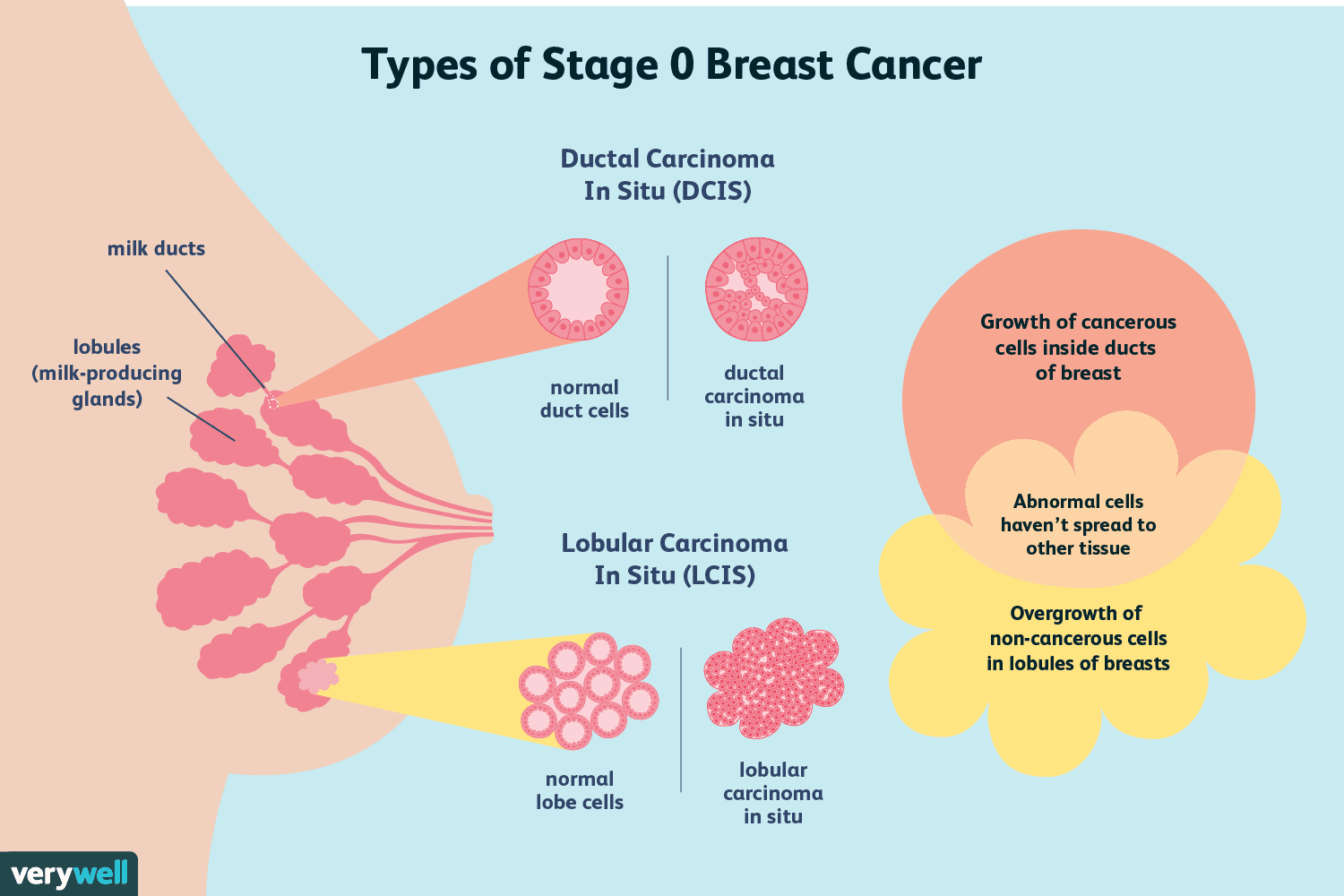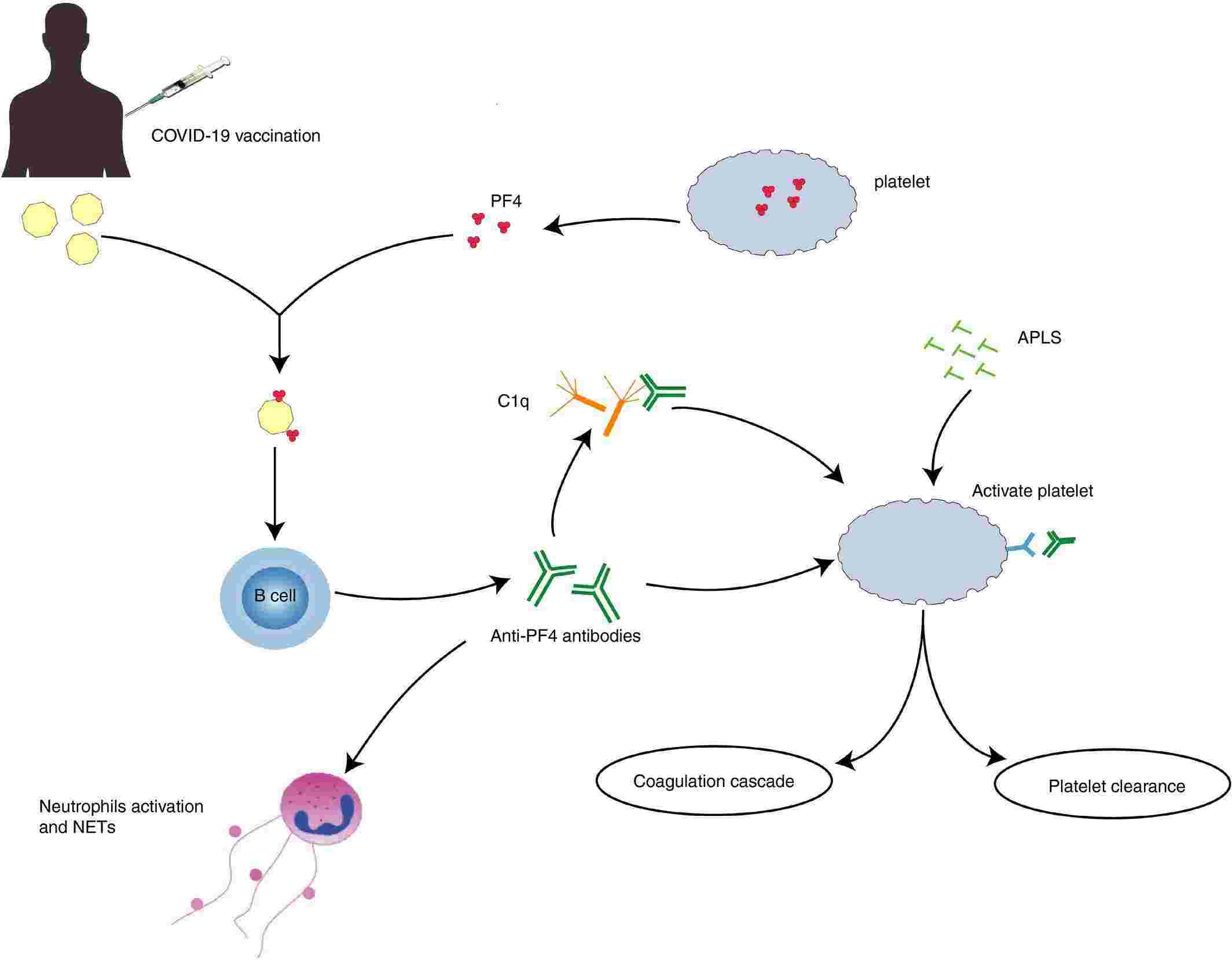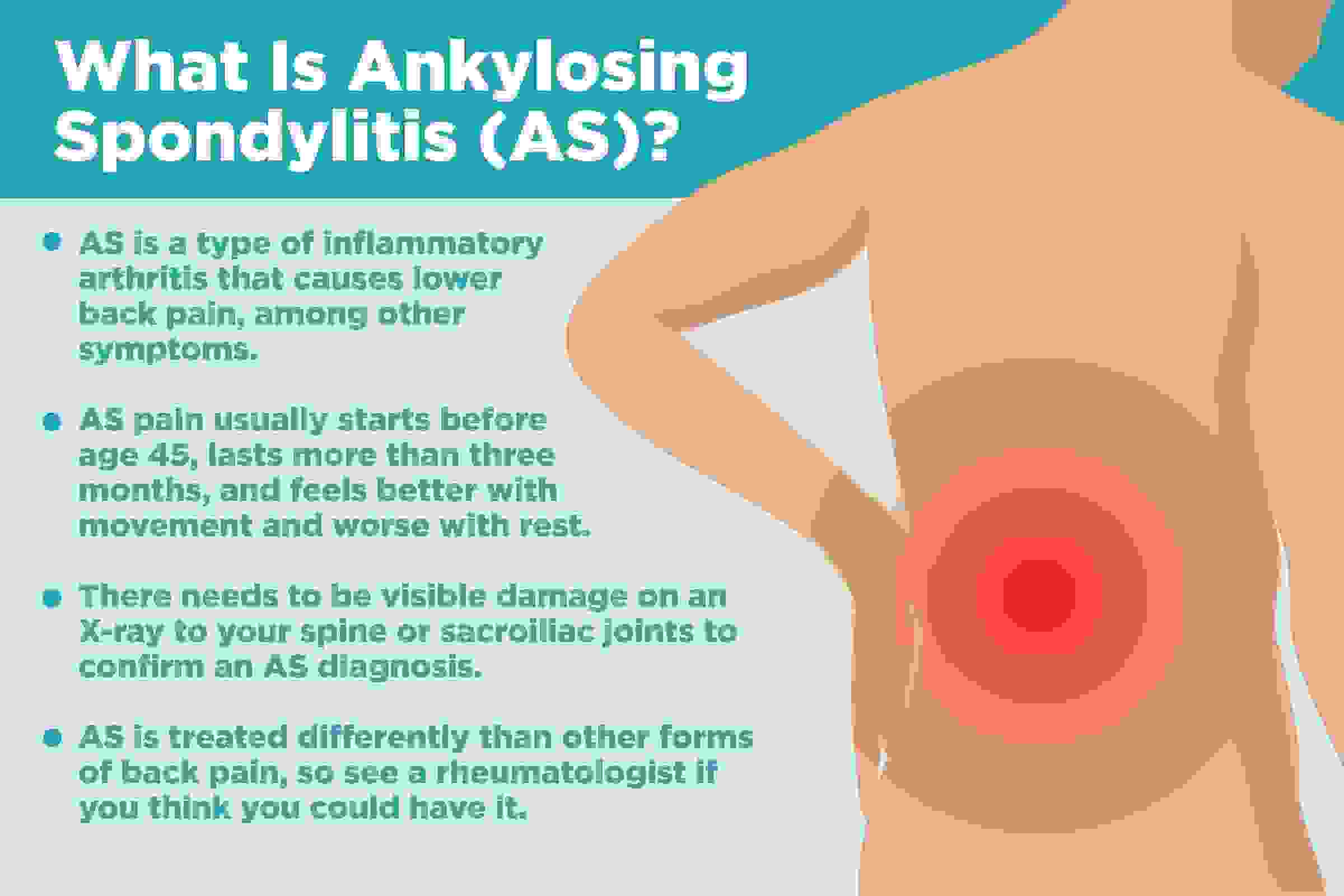Breast cancer is one of the most common malignant tumors in women around the world, and neoplasia is an important stage in the development of breast cancer. This article will provide detailed information about breast cancer and neoplasia to help everyone better understand and deal with this disease.
First, let's understand the background of breast cancer neoplasia. Breast cancer is a malignant tumor of the female breast that usually occurs in breast epithelial cells. Neoplasia is the stage of abnormal proliferation of breast epithelial cells in the development of breast cancer and is an early warning signal for the formation of malignant tumors. Therefore, timely detection and treatment of breast cancer and neoplasia are of great significance to prevent the occurrence of breast cancer.
So, what exactly is breast cancer and neoplasia? What are its symptoms and dangers? The main symptoms of breast cancer and neoplasia include breast lumps, breast pain, skin depressions, nipple discharge, etc. Among them, breast lumps are the most common symptoms. They are usually painless nodules with unclear boundaries, uneven surfaces, and varying degrees of hardness and mobility. Breast pain manifests as swelling, tingling, stretching pain, etc., and may radiate to the armpits, shoulders, back and other parts. Skin dimpling is usually caused by tumors invading the tissues around the breast. Nipple discharge manifests as spontaneous discharge, mostly bloody, serous or watery fluid.
There are many causes of breast cancer and neoplasia, including genetics, endocrine disorders, age, gender, diet and other factors. It is currently believed that heredity is one of the most important risk factors for breast cancer and neoplasia, and women with a family history are at a higher risk. Endocrine disorders are also one of the important causes of breast cancer and neoplasia. Women who have early menarche and late menopause have an increased risk of breast cancer and neoplasia. In addition, age, gender, diet and other factors may also affect the occurrence of breast cancer and neoplasia.
For the treatment of breast cancer and neoplasia, early detection and treatment are the keys to improving the cure rate and survival rate. At present, the main means of treating breast cancer and neoplasia include surgery, radiotherapy, chemotherapy, endocrine therapy, etc. Surgical treatment is the preferred treatment for breast cancer and neoplasia, and lumpectomy and radical mastectomy are usually used. Radiotherapy and chemotherapy are mainly used to assist surgical treatment, helping to reduce tumors, relieve symptoms, and prolong survival. Endocrine therapy inhibits the growth and spread of tumors by regulating endocrine hormone levels.
Let us take a case to learn more about the symptoms and treatment process of breast cancer and neoplasia. The patient, Ms. Zhang, 48 years old, found a lump in her left breast that grew rapidly for several months. When she went to see a doctor, the doctor made a preliminary diagnosis of breast cancer and neoplasia through physical examination and imaging examination. Doctors then recommended she undergo a lumpectomy and lymph node dissection, as well as pathological examination to determine the type and stage of the tumor. Based on the pathological examination results, the doctor formulated a radiotherapy and chemotherapy plan, as well as an endocrine treatment plan for Ms. Zhang. After comprehensive treatment, Ms. Zhang's condition was effectively controlled and her quality of life was significantly improved.
So, how do we prevent breast cancer and neoplasia? First of all, women should maintain a healthy lifestyle, eat properly, control their weight, and avoid long-term use of hormonal drugs or health products. In addition, regular breast examination is an important measure to prevent breast cancer and neoplasia. It is recommended that women have a breast B-ultrasound examination every year starting from the age of 20, and a mammography X-ray examination every year after the age of 30. If you find breast lumps or other abnormal symptoms, you should seek medical treatment promptly and undergo relevant examinations for early detection and treatment of breast cancer and neoplasia.
In short, breast cancer and neoplasia are a major threat to women's breast health, and timely detection and treatment are key. Understanding the symptoms, causes, treatment methods and preventive measures of breast cancer and neoplasia can help improve women's awareness and attention to this disease, so as to better protect their health.



